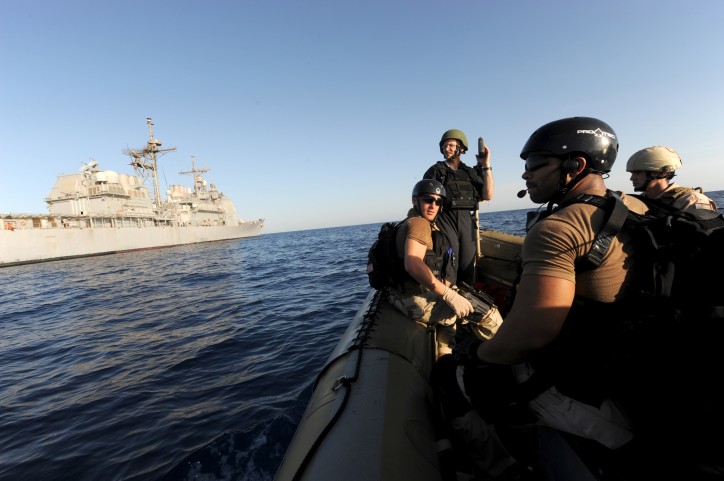 Recently, maritime piracy has been on the rise once again, and the United States Navy has managed to develop a method to identify pirate vessels before they are able to strike. A new model developed by the Navy Research Laboratory (NRL) offers a combination of weather and wave analysis with a specific region’s particular maritime piracy behavior profiles in order to calculate when a commercial vessel is at most risk of an attack.
Recently, maritime piracy has been on the rise once again, and the United States Navy has managed to develop a method to identify pirate vessels before they are able to strike. A new model developed by the Navy Research Laboratory (NRL) offers a combination of weather and wave analysis with a specific region’s particular maritime piracy behavior profiles in order to calculate when a commercial vessel is at most risk of an attack.
The said profiles use as info the vessel types that are most commonly used by pirates in the region, taking into account their given attack speed and the speed in which they are able to go back to their hideout. Pirates generally employ small and fast vessels that display a high vulnerability level in regard to high winds and rough sea conditions. The method also focuses on analyzing wind and wave info in order to determine the particular conditions in which there is the highest chance for the vessels to attack.
The system is able to predict the pirate attack track as function of time under the environmental constraints’ impact. According to the NRL, pirates generally attack vessels in areas with a higher level of shipping density and when sea conditions lean towards being calm. Wind also plays the role of a deterrent when regarding the attacks’ frequency. On general pirates attack vessels when they are the most vulnerable and when weather conditions are in their favor.
According to U.S. Navy reports, the U.S. maritime industry has annual expenditures in the amount of USD 16 billion due to piracy. The NRL model may play a rather significant part in countering piracy in Southeast Asia. Piracy levels in the region are at an all-time high given as how oil demand and black markets are fuelling more and more attacks.
Last month, Regional Cooperation Agreement on Combating Piracy and Armed Robbery against Ships in Asia (ReCAAP) commented armed robbery and piracy –related incidents had gone up by 18% in 2015’s first half in comparison to 2014.